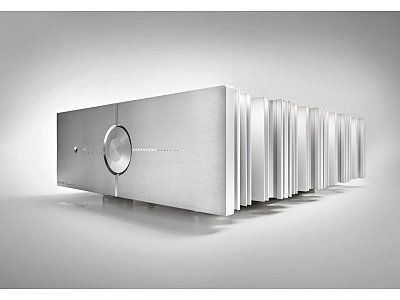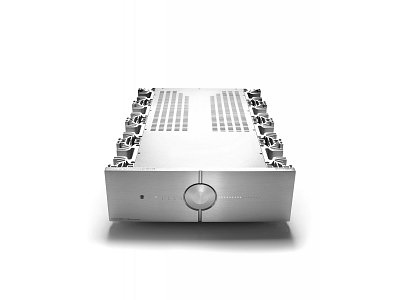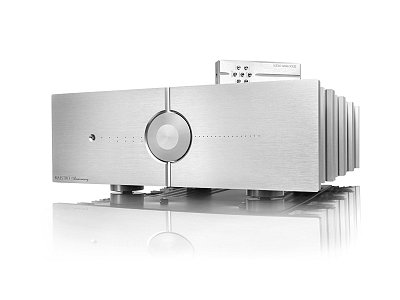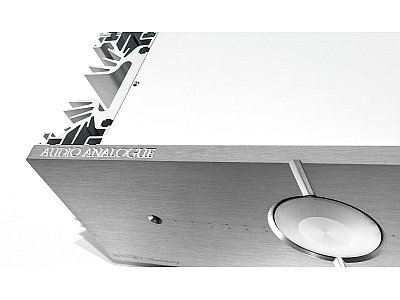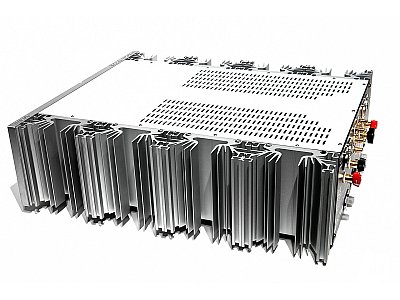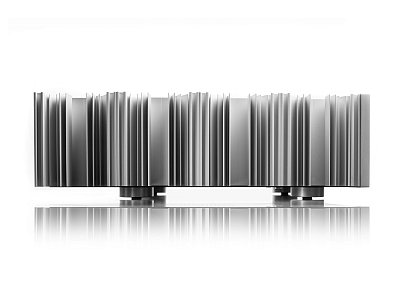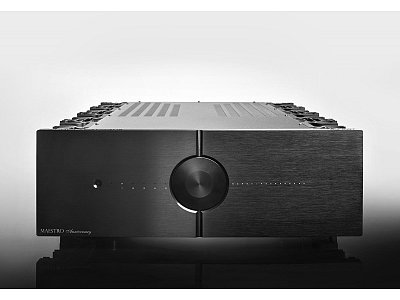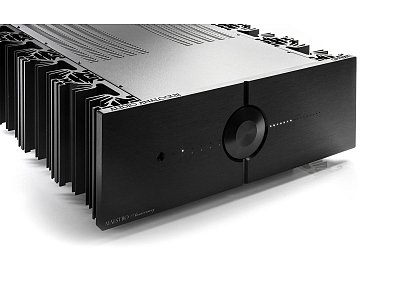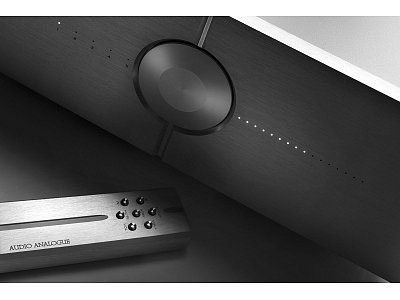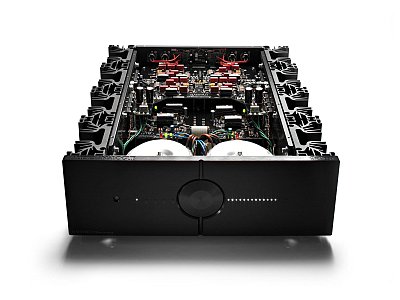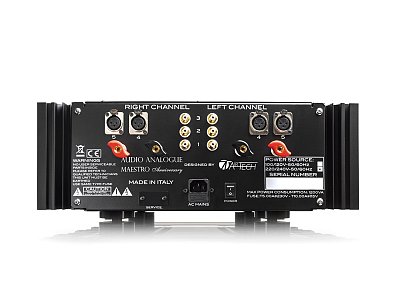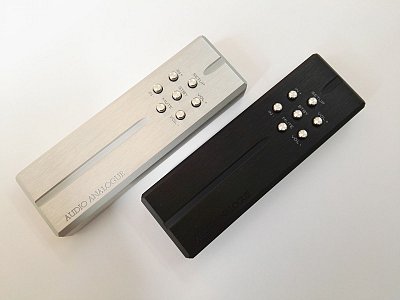AUDIO ANALOGUE MAESTRO ANNIVERSARY RR
Integrated amplifier
Code: 23254713
All our products are covered by Italian warranty.
The RR version features a fully redesigned preamplifier section and a new RR volume control (Relays and Resistors, completely analog) with the following characteristics:
It guarantees a high purity of the signal and a lifespan of 10 million operations by using high-quality signal relays and precision military-grade resistors; it reduces the typical "click" and "pop" noises of relay controls; it maintains perfect balance between right and left channels even at low listening levels; it does not use operational amplifiers in the signal path, preserving the "Zero Global Feedback" philosophy.
The Maestro Anniversary RR represents the pinnacle of AIRTECH’s know-how, an integrated amplifier that combines power, control, and extraordinary tonal refinement. A direct evolution of the Puccini Anniversary, sharing the uncompromising approach to musical reproduction, the RR model introduces an analog volume attenuation system based on selected relays and resistors, further enhancing signal quality and listening transparency. The entire amplification chain is designed with a fully balanced topology from input to power stage, then unbalanced for speaker connection. This results in doubling the amplification and attenuation circuits, ensuring even more precise and silent signal handling.
Each stage of the amplifier has zero global feedback, including the preamplifier stages, a design choice that preserves signal integrity and minimizes dynamic distortion. Output power reaches 150 watts at 8 ohms, using four pairs of transistors per channel and maintaining an inverted cascode structure, similar to a single gain stage followed by an output buffer. The operating point stability is ensured by a DC servo that operates only at frequencies below a fraction of a Hertz, completely outside the audio band, guaranteeing extremely stable operation without drift.
The amplifier is conceived as three distinct sections — power supply, preamplifier, and amplifier — each housed on its own dedicated board, almost like a separates system. The power supply uses two 600VA toroidal transformers, one per channel, with ultra-fast discrete 50A rectifiers and a total filtering capacity of 67,200μF. At power-on, current flow is controlled by thermovariable resistors that are then excluded from the signal path. The amplifier section is fully dual-mono, also for grounds and power rails, with thicker copper tracks for better current conduction and an optimized layout to maintain symmetry and signal purity.
The preamplifier, also dual-mono, features input selection relays immediately after the connectors, followed by discrete buffers that isolate the sources from the next stage. It accepts input signals up to about 6 VRMS. The buffers drive in pure class A the four attenuation modules per channel, made of simple resistor arrays without operational amplifiers, consistent with the zero feedback philosophy. After volume control, the actual preamp stage provides gain up to about 12 dB.
Technical specifications:
- Channels: 2
- RCA inputs: 3
- XLR inputs: 2
- Input impedance: 47 kΩ
- Max input signal: 6 Vrms
- Output power at 8Ω: 150 W @ 1% THD + N
- Output power at 4Ω: 300 W @ 1% THD + N
- Output power at 2Ω: 500 W @ 1% THD + N
- Sensitivity: nominal output power at 8Ω, 720 mVrms
- Frequency response: attenuation 0 dB, bandwidth -3 dB @ 90 kHz
- Output resistance: nominal output power at 2Ω @ 1 kHz, 0.2 Ω
- Noise level: bandwidth 0 Hz–80 kHz = 20 µV; A-weighted = 10 µV
- Signal-to-noise ratio (SNR): ≥ 100 dB
- Stand-by power consumption: 0.7 W @ 230 VAC
- Dimensions (HxWxD): 168 x 450 x 550 mm
- Weight: 31 kg




